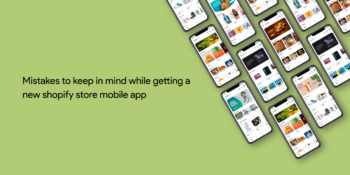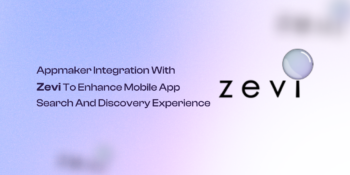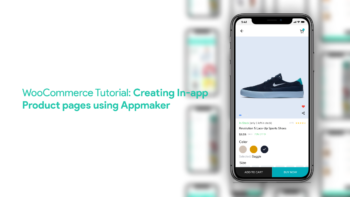Making money from app users is the process of monetizing an app. It is one of the key benefits of turning your Shopify store into a mobile app. App monetization frequently entails a variety of tactics, including placing banner ads at the bottom of your app, utilizing rewarded video ads, and implementing integrated advertising techniques.
In this article, we’ll examine five common app monetization techniques and talk about how they could affect app growth and engagement.
1. The model for the free and paid app versions
The practise of providing both free and paid versions of your app is a well-liked method of app monetization. This strategy involves either limiting certain features in the free app to “urge” users to upgrade to the paid app or monetizing the free app through in-app advertising.
The advantages of this method are dual. On the one hand, it gives consumers the chance to access the app’s fundamental features for nothing. However, it also gives the app developer a larger user base for prospective app upgrades or in-app advertising income.
2. A complimentary app with in-app purchases
IAPs, or in-app purchases, are another well-liked method of app monetization. Typically, the app’s core features and the app itself are free. However, the user enters the pay-to-play mode if they want to advance in the app more quickly, for example, if they want more lives in a gaming app or some premium features in a dating app.
Users may occasionally still be able to use premium features or capabilities without having to pay. They can use the app for free forever if they have the patience to wait for specific features to become available or if they use it frequently enough. Other times, these choices won’t be available, and the app creators will only make a limited amount of items available for free and through in-app purchases.
3. A free app with a subscription service
Some programmers decide to make subscription-based, free apps. With this tactic, the app is made available for free download with constrained access to the given content or services. To receive the full features, users must sign up for a membership plan. This method of app monetization is frequently used by content- or service-focused apps, such news apps or the meditation app Headspace.
With this strategy, customers who look for comparable information can quickly find the app in the app stores as a free app. This is fantastic for assisting developers in creating an initial user base and growing it into paid app subscribers.
4. Using a premium app
Developers occasionally restrict access to their programs to the paid edition only. These apps typically provide distinctive value that is difficult to discover elsewhere. The majority of these apps that employ this monetization strategy are productivity apps.
If you choose to go this path, keep in mind that the apps you develop should offer sufficient value or special features to satisfy particular customer needs. If not, it will be difficult for you to grow the user base necessary for your app to make money.
5. The partnership structure
Companies in that industry may approach the app developer for sponsorship options if an app is particularly well-liked within a particular niche market in order to get their brand in front of your app users.
The intended user base the app may attract as well as the kinds of companies that might be interested in that audience can therefore be considered while making plans for the next app. If the user base is sizable enough, brand sponsorship, partnerships, or acquisition may also be worthwhile options for income.
Key indicators of how well your app’s monetization strategy is working
- Retention rate: The foundation of monetization is retention; the more devoted your customers are, the more adverts they will interact with and/or the more likely it is that they will make an in-app purchase.
- App stickiness: How frequently and continuously people interact with your app. The more engaged users are with the app, the more persistent it is. Divide your Daily Active Users (DAU) by your Monthly Active Users to calculate this (MAU).
- Average revenue per user, or ARPU, is a useful indicator of how much you make on average from each user. It is computed by dividing a company’s overall revenue by the typical number of customers over the same time frame.
- Lifetime Value (LTV): Calculates how valuable a user is over the course of their use of an app, or lifetime value (LTV). The data aids marketers in deciding how much they should spend on advertising to bring in new clients while still making a profit.
- Funnel conversion rates: The quality of consumers moving through the marketing funnel, from the time they first see an advertisement to the point at which they complete an important, money-making in-app event after downloading an app, is determined by the funnel conversion rates. By pinpointing the points in the advertising/purchasing process where users are losing interest, this data enables apps to optimize their revenue tactics.
Understanding these crucial metrics will make it easier for you to test the various models you believe would be most suitable for your app. In the end, you need to assess how each advertising experience impacts your revenue.










No Comments
Leave a comment Cancel